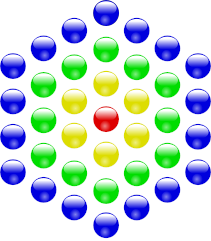
Talking of shaving the other night at Dr. Taylor’s, Dr. Johnson said, ‘Sir, of a thousand shavers, two do not shave so much alike as not to be distinguished.’ I thought this not possible, till he specified so many of the varieties in shaving; — holding the razor more or less perpendicular; — drawing long or short strokes; — beginning at the upper part of the face, or the under; — at the right side or the left side. Indeed, when one considers what variety of sounds can be uttered by the windpipe, in the compass of a very small aperture, we may be convinced how many degrees of difference there may be in the application of a razor.
— James Boswell, Life of Samuel Johnson, 1791










